What Do You Know About Tapered Roller Bearings?
Tapered roller bearings feature tapered inner and outer ring raceways with tapered rollers arranged between them, angled so the surface of the rollers converge at the axis of the bearing. These bearings are unique in that, unlike most bearings that can handle either axial or radial loads, they can handle large amounts of load in both directions.
A single row taper bearing is limited in that it can only take high axial loads from one direction, but if adjusted against a second tapered roller bearing, that axial load is counteracted. This allows the bearings to accept high radial and axial loads from multiple directions. It is because of this ability that pairs of tapered roller bearings are used in car and vehicle wheel bearings where they must handle large radial and axial forces simultaneously.
Tapered roller bearings can usually be broken down into separate parts. The inner ring with a roller and cage assembly can be removed and mounted separately from the outer ring.
The ability of a tapered roller bearing to accommodate angular misalignment of the inner ring in relation to the outer ring is limited to a few minutes of arc. As with other roller bearings, tapered roller bearings must be given a minimum load, especially in high speed applications where the inertial forces and friction can have a damaging effect between the rollers and raceway.
The tapered roller bearing and its applications
The tapered roller bearing and its applications
The tapered roller bearing is particularly used in automotive applications and heavy machinery. Here are some illustrations of this type of bearing.
Features of tapered roller bearing
The tapered roller bearing consists of an inner ring, an outer ring, tapered rollers and a window cage which serves to hold the rollers in place. Generally, the inner ring, the tapered rollers and the cage that form the cone are all in one piece that can be mounted separately from the outer ring.
The tapered angle allows the tapered roller bearing to support large axial and radial loads in one direction. It is generally necessary to provide axial guidance in the other direction by opposing a second bearing. It is also the angle and the axis of the bearing which determine the ratio between the axial capacity and the radial capacity.
The tapered roller bearing must be serviced. It must therefore be regularly lubricated with grease or oil. It can be used in a variety of environments with temperatures ranging from -30 C to +120 C. Breakage may occur if the tapered roller bearing moves in extreme temperatures.
Additional resources:
Top 5 Benefits of Stainless Steel 304 Ball Valves Explained
What are the top 10 cost-effective metal pipe 219x6 alternatives for purchase?
Is there an ideal impeller vane number?
Revolutionize Your Seal Selection with NOK Catalogue?
Which is better ball valve or gate valve for main water shut off?
Revolutionizing the Industry: Tianjin King Seal's OEM Rubber Parts - A Game Changer?
PVD Coating Gold: Everything You Need to Know for a Luxurious Finish
Its main applications
The tapered roller bearing is used in many industrial applications. It is ideal for guides that have to undergo extreme loads. It is also found in applications where radial loads are important and rotational speeds are high.
Tapered roller bearings are essential in sectors such as agriculture, construction, mining, engines and propellers. At the industrial level, paper mills, cement plants and oil companies are some examples of environments where tapered roller bearings are found.
Types of tapered roller bearing
Although they are very similar, there are several models of tapered roller bearing, each with certain features. The single row tapered roller bearing is the simplest and most frequently used model. Generally mounted in pairs, it consists of a cone and a cup. There is a variant of this model where the cup is provided with a collar to facilitate axial positioning.
The two-row tapered roller bearing consists of a double cone and two cups. The configuration of this type of bearing ensures a significant effective separation.
Tapered Roller Bearings: A Comprehensive Guide
Tapered Roller Bearings
Figure 1: Tapered roller bearing assembly
Tapered roller bearings focus combination loads into a central rotational axis. They allow for the simultaneous action of radial and axial loads on the bearing assembly. The axial load-bearing capacity of a tapered roller bearing increases as the raceway contact angles increase—their conical shape results in less overall stress on the interfacing parts. Tapered roller bearings are used on motor shafts, axles, propellers, and countless other applications.
Table of contents
Tapered roller bearing components
A tapered roller bearing consists of inner and outer rings which house the rolling elements. The rollers taper into conical shapes. The corresponding raceways that the rollers interface with are angled to accommodate their tapered form. The rollers themselves are held together in a cage (aka retainer) that fits the inner and outer rings. Figure 2 shows the main components which hold the rollers together.
Figure 2: Exploded view of a tapered roller bearing. From left to right: Inner raceway, rolling elements, cage, and outer raceway.
What types of loads can tapered roller bearings handle?
The angled and tapered shape of tapered roller bearings minimizes the stress caused by a combination of radial and axial loads. Radial and axial loads often combine to create different loads upon a bearing assembly. The ability to handle angular loads and changing angular loads – makes tapered roller bearings indispensable to various technical designs and industries. The tapered shape essentially concentrates radial and axial loads into a unified load that is more easily harnessed. Which angular loads can be harnessed depends on the precise angle of the tapered bearing. They can harness a comprehensive range of forces by configuring two or even more tapered bearings.
More articles:
Miniature Bearings: Small Parts, Big Impact
What does number 5 plastic mean?
What is Collet Chuck? Who Needs One?
Everything You Need to Know About Helical Gears
Get Your Standard Bale Clamp Now! In Stock
How can high-speed gear boost productivity?
7 Tips for Mastering Your Pallet Handler Skills
What are the General Failures of Drum Gear Couplings?

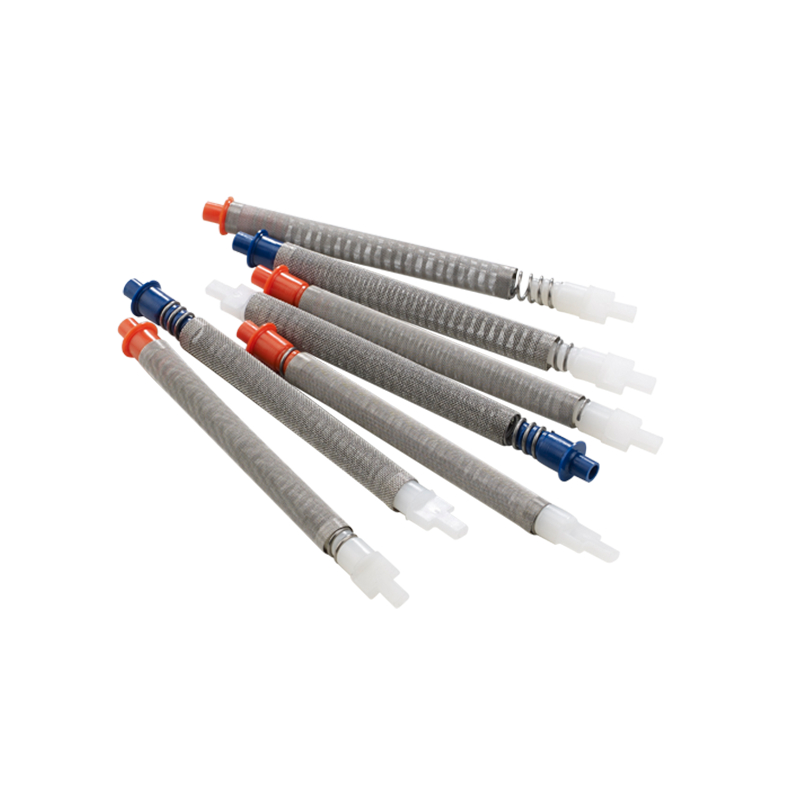
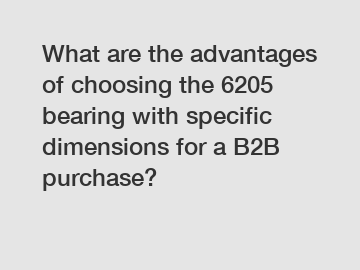


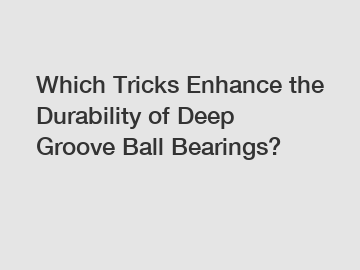
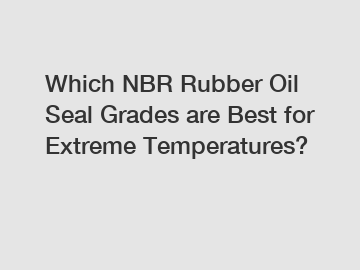
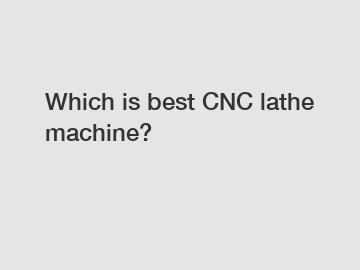
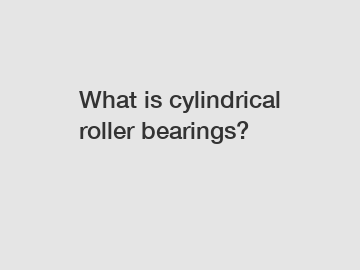
Comments
0